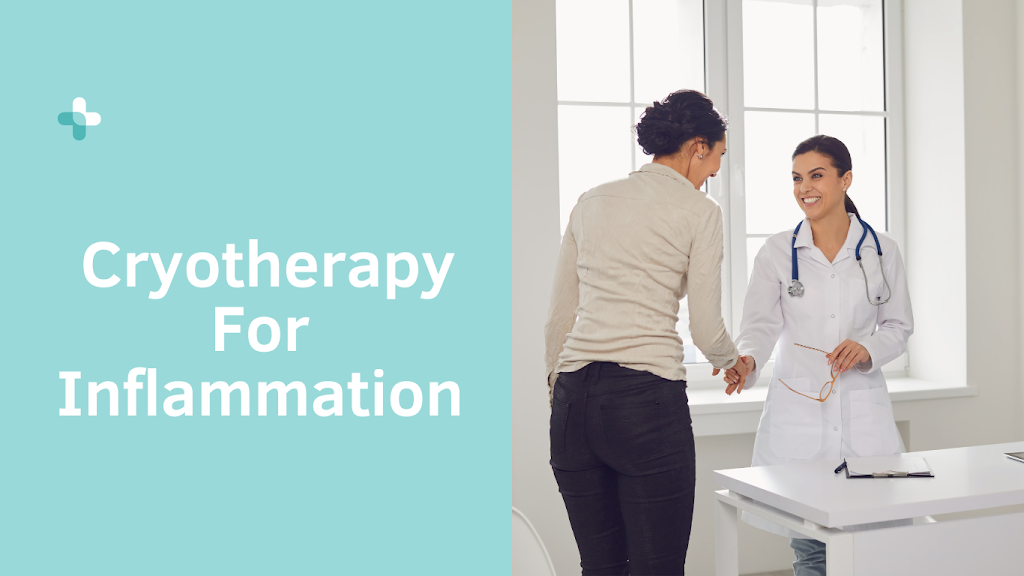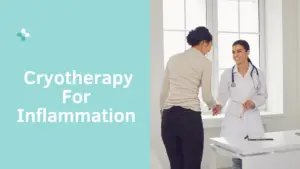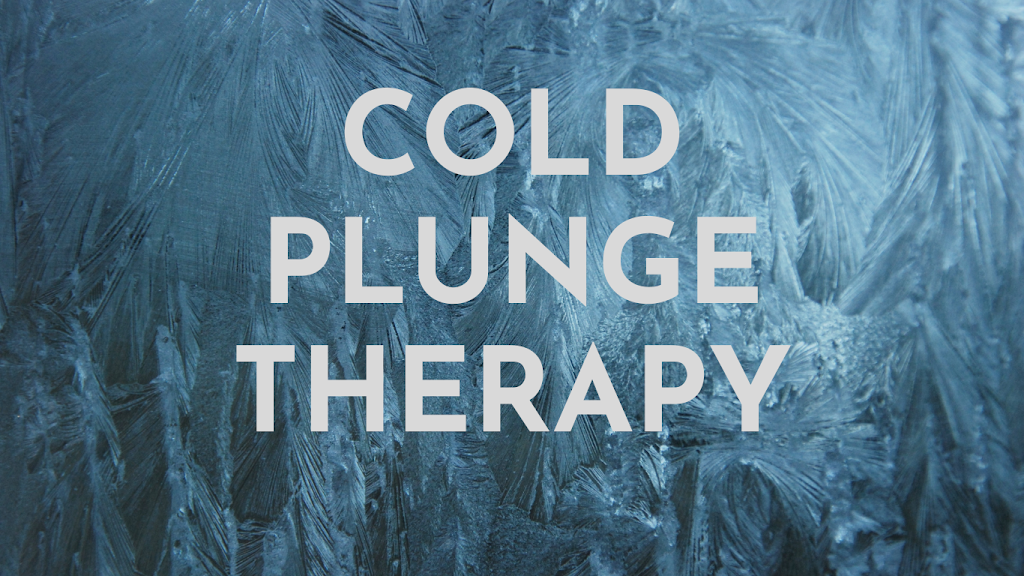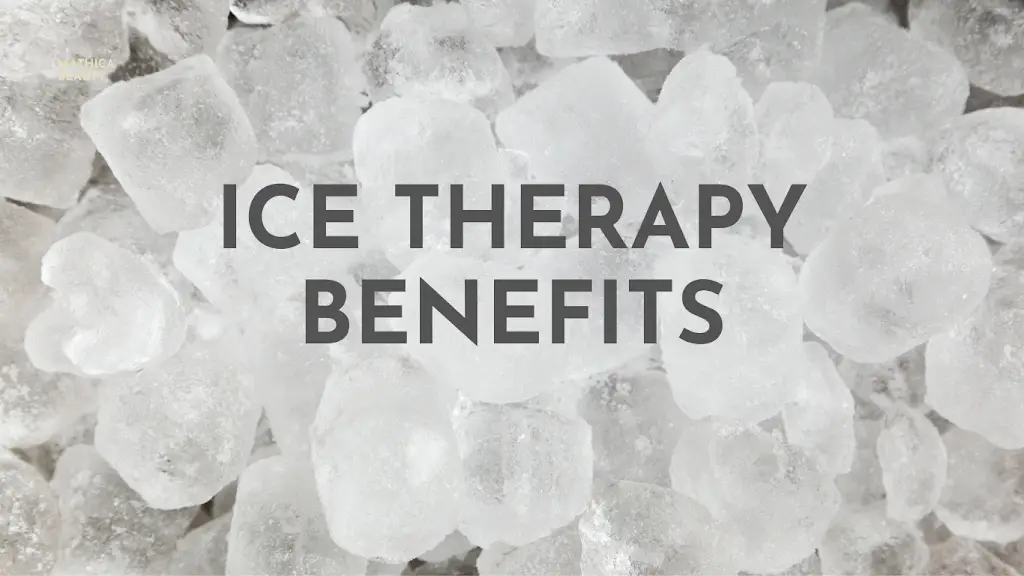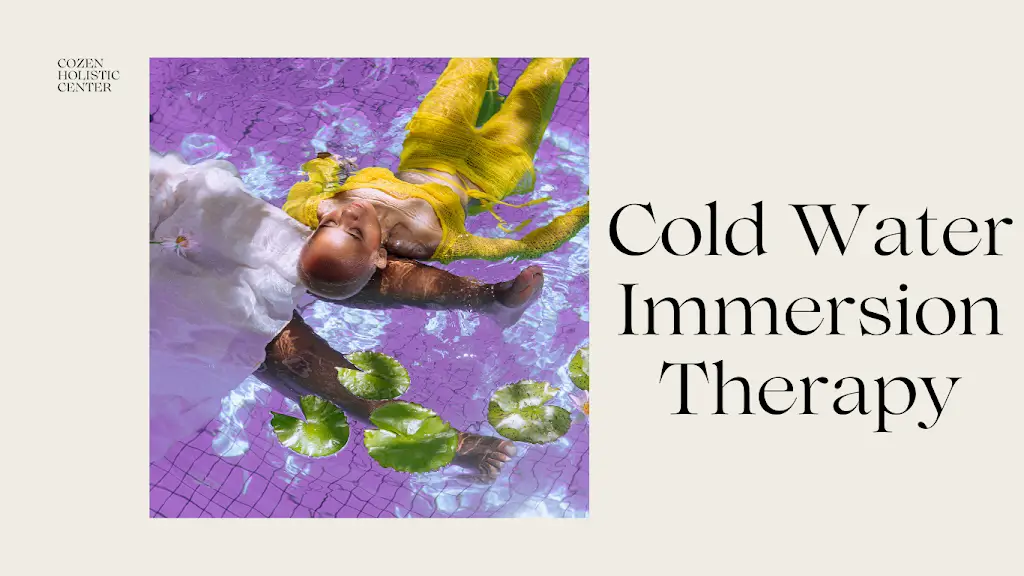Cryotherapy For Inflammation
Cryotherapy is a treatment that involves exposing the body
to extremely low temperatures, typically below -100°C, for a short period of
time. The application of cold temperatures has been found to have a range of
health benefits, including reducing inflammation. Inflammation is the body’s
natural response to injury or infection, but chronic inflammation can
contribute to a range of health problems, including heart disease, cancer, and
autoimmune disorders. In this article, we will explore the use of cryotherapy
for inflammation and its potential benefits.
How Cryotherapy Works for Inflammation:
Cryotherapy works by causing vasoconstriction, which is the
constriction of blood vessels. This reduction in blood flow can help to reduce
inflammation in the affected area. Additionally, the low temperatures can
stimulate the production of anti-inflammatory cytokines, which are proteins
that help to regulate the immune response and reduce inflammation.
Cryotherapy can be applied locally or systemically.
Localized cryotherapy involves the application of cold temperatures to a
specific area of the body, while systemic cryotherapy involves exposing the
entire body to cold temperatures.
Benefits of Cryotherapy for Inflammation:
Reduced Pain and Swelling: Cryotherapy has been found to be
effective in reducing pain and swelling associated with inflammatory conditions
such as arthritis, tendonitis, and bursitis.
Improved Healing: Cryotherapy can also help to improve the
healing process by reducing inflammation and promoting the growth of new blood
vessels and tissue.
Improved Athletic Performance: Athletes often use
cryotherapy to reduce inflammation and promote recovery after intense training
sessions or competitions. This can help to improve their performance and reduce
the risk of injury.
Boosted Immune System: Cryotherapy has been found to
stimulate the production of white blood cells, which are responsible for
fighting infection and disease. This can help to boost the immune system and
reduce the risk of developing inflammatory conditions.
Reduced Risk of Chronic Disease: Chronic inflammation has
been linked to a range of health problems, including heart disease, cancer, and
autoimmune disorders. By reducing inflammation, cryotherapy may help to reduce
the risk of developing these conditions.
Drawbacks of Cryotherapy for Inflammation:
Limited Research: While cryotherapy has been found to be
effective in reducing inflammation in some studies, more research is needed to
fully understand its potential benefits and drawbacks.
Safety Concerns: Cryotherapy can be dangerous if not
administered properly. There is a risk of frostbite or other injuries if the
skin comes into direct contact with the liquid nitrogen. It is important to
ensure that the treatment is administered by a trained professional and that
all safety precautions are followed.
Cost: Cryotherapy can be expensive, and insurance may not
cover the cost of the treatment.
Discomfort: Some individuals may find the cold temperatures
of cryotherapy uncomfortable or even painful. It is important to communicate any
discomfort with the treatment provider and to listen to your body during the
treatment.
Short-Term Results: While cryotherapy can provide immediate
relief for inflammation, these results may only last for a short period of
time. To maintain the benefits of the treatment, multiple sessions may be
required.
Conclusion:
Cryotherapy is a promising treatment for inflammation that
has the potential to provide a range of health benefits. By reducing
inflammation, cryotherapy may help to alleviate pain and swelling, improve
healing, boost athletic performance, and reduce the risk of developing chronic
disease. However, it is important to carefully consider the risks and
limitations of the treatment before deciding whether it is right for you. As
with any new treatment or therapy, it is recommended to consult with a
healthcare professional to ensure that the treatment is safe and appropriate
for your individual needs. With proper safety precautions and a clear
understanding of the potential benefits and drawbacks, cryotherapy can be a
safe and
Pros:
Reduces Inflammation: Cryotherapy helps in reducing
inflammation by numbing the affected area and restricting blood flow. This
reduces swelling and redness, and the application of cold temperature triggers
the body to produce anti-inflammatory substances.
Pain relief: Cryotherapy can provide pain relief,
especially for those with arthritis, injuries, or chronic pain. The cold
temperature numbs the nerves, which helps in reducing pain and improving
mobility.
Muscle Recovery: Athletes use cryotherapy to speed up their
recovery process after intense workouts. Cryotherapy causes vasoconstriction
and reduces inflammation, which speeds up the recovery process and prevents
muscle damage.
Boosts Metabolism: Cryotherapy boosts metabolism and helps
burn calories. During cryotherapy, the body increases its metabolic rate to
produce heat, which burns calories and boosts weight loss.
Improves Mood: Cryotherapy can boost mood and energy levels
due to the release of endorphins, the body’s natural painkillers, and the reduction
of stress hormones like cortisol.
Cons:
Risk of Frostbite: Prolonged exposure to freezing
temperatures can result in frostbite, which can cause permanent damage to the
skin and underlying tissues.
Skin Irritation: Cryotherapy can cause skin irritation,
redness, and rashes due to prolonged exposure to cold temperatures.
Nerve Damage: Nerves can be damaged due to the freezing
temperatures during cryotherapy. This can result in numbness, tingling, or even
paralysis.
Claustrophobia: Some people may feel claustrophobic while
in the cryotherapy chamber, which can cause anxiety and panic attacks.
Cost: Cryotherapy sessions can be expensive, and it may not
be covered by insurance. This can make it difficult for some people to afford
regular cryotherapy sessions.
